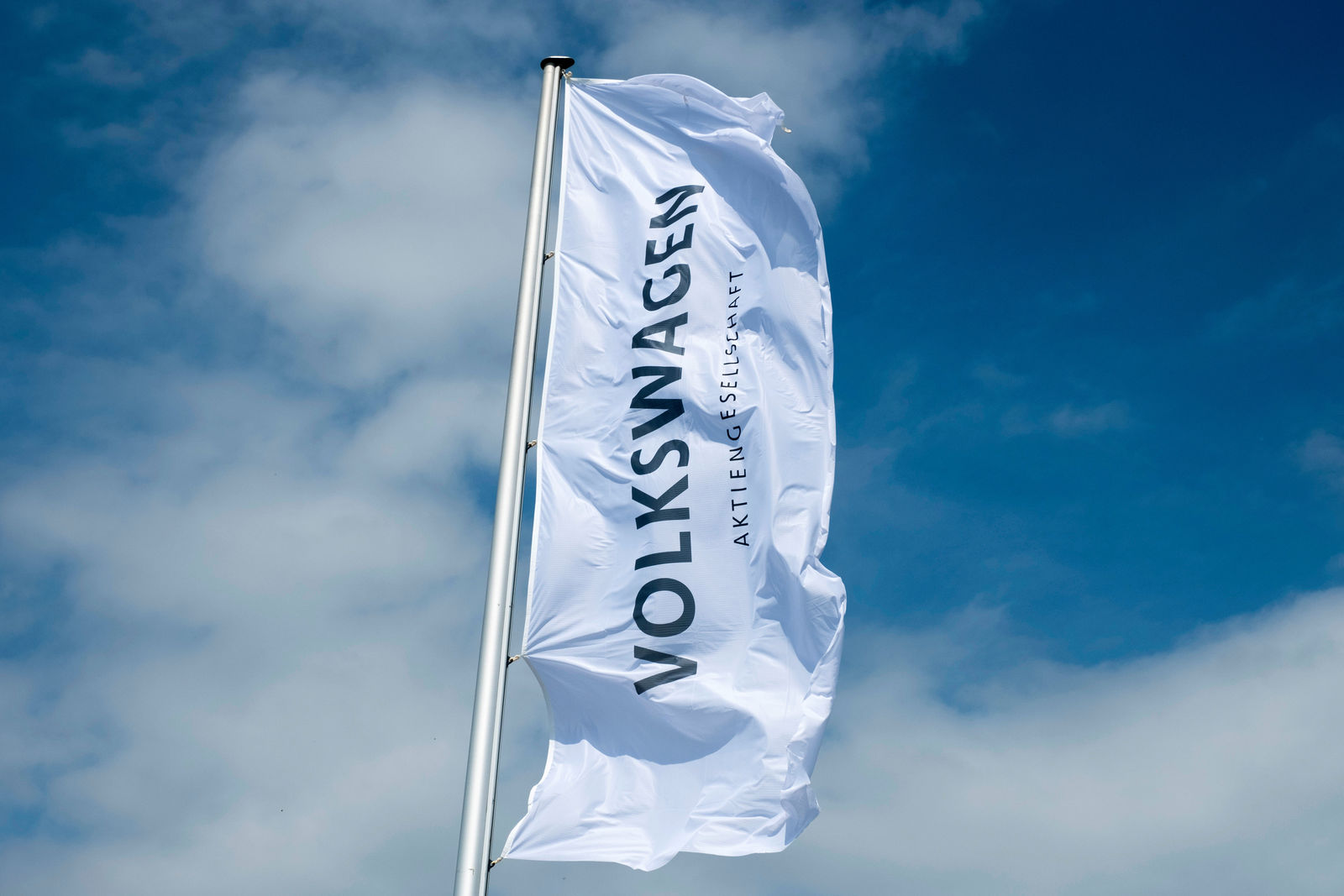On a regional basis, Europe clearly remained in the lead with 211,900 vehicles (58 percent of Group total) in the first nine months. Second biggest BEV market for the Group was China with 112,700 deliveries (31 percent of Group total). The USA corresponded to 8 percent of the Group’s global BEV deliveries with 28,900 vehicles.
By the end of September, the Volkswagen brand delivered 207,200 BEVs to customers (57 percent of Group total). This was followed by Audi with 77,000 vehicles (21 percent of Group total), ŠKODA with 36,900 vehicles (10 percent of Group total), Porsche with 25,100 vehicles (7 percent of Group total), and SEAT/CUPRA with 17,600 vehicles (5 percent of Group total).
The top selling BEV models in the first nine months of 2022 were as follows:
– Volkswagen ID.4/ID.5 122,600 units
– Volkswagen ID.3 45,500 units
– ŠKODA Enyaq iV (incl. Coupé) 36,900 units
– Audi e-tron (incl. Sportback) 36,400 units
– Audi Q4 e-tron (incl. Sportback) 29,700 units
– Volkswagen ID.6 27.500 units
– Porsche Taycan (incl. Cross Turismo) 25,100 units
– CUPRA Born 17,500 units
Volkswagen Group – deliveries of battery-electric vehicles (BEV) to customers
| Deliveries to | Q3 | Q3 | Delta (%) | Jan. - Sep. | Jan. - Sep. | Delta (%) |
| Europe | 83,100 | 81,800 | +1.6 | 211,900 | 209,900 | +1.0 |
| USA | 12,000 | 8,800 | +35.8 | 28,900 | 27,300 | +5.9 |
| China | 49,200 | 28,800 | +70.8 | 112,700 | 47,100 | +139.3 |
| Rest of world | 5,000 | 2,700 | +87.0 | 12,800 | 8,800 | +46.8 |
| Worldwide | 149,300 | 122,100 | +22.3 | 366,400 | 293,000 | +25.0 |
| Deliveries to customers by brands | Q3 | Q3 | Delta (%) | Jan. - Sep. | Jan. - Sep. | Delta (%) |
| Brand Group Volume | 115,800 | 93,200 | +24.3 | 263,300 | 211,000 | +24.8 |
| Volkswagen Passenger Cars | 91,200 | 74,900 | +21.7 | 207,200 | 167,800 | +23.5 |
| ŠKODA | 14,700 | 14,400 | +1.7 | 36,900 | 32,100 | +14.8 |
| SEAT/CUPRA | 9,300 | 2,700 | +247.9 | 17,600 | 8,800 | +98.6 |
| Volkswagen CommercialVehicles | 600 | 1,100 | -45.4 | 1,700 | 2,300 | -24.1 |
| Brand Group Premium | 27,000 | 20,000 | +34.8 | 77,000 | 52,800 | +45.9 |
| Audi | 27,000 | 20,000 | +34.8 | 77,000 | 52,800 | +45.9 |
| Lamborghini/Bentley | - | - | - | - | - | - |
| Brand Group Sport | 6,200 | 8,800 | -29.7 | 25,100 | 28,600 | -12.5 |
| Porsche | 6,200 | 8,800 | -29.7 | 25,100 | 28,600 | -12.5 |
| TRATON | 300 | 100 | +137.0 | 1,000 | 600 | +63.4 |
| MAN | 200 | 100 | +22.0 | 600 | 600 | +2.7 |
| Volkswagen Truck & Bus | - | - | - | - | - | - |
| Scania | 60 | 0 | - | 150 | 0 | - |
| Navistar | 100 | 0 | - | 210 | 0 | - |
| Volkswagen Group (total) | 149,300 | 122,100 | +22.3 | 366,400 | 293,000 | +25.0 |








